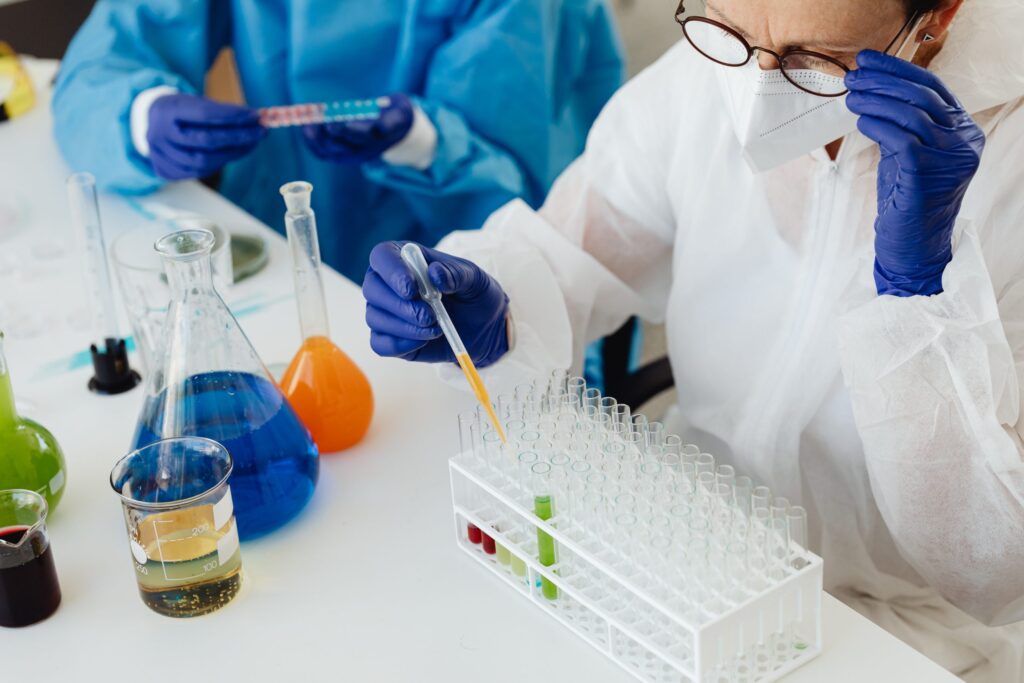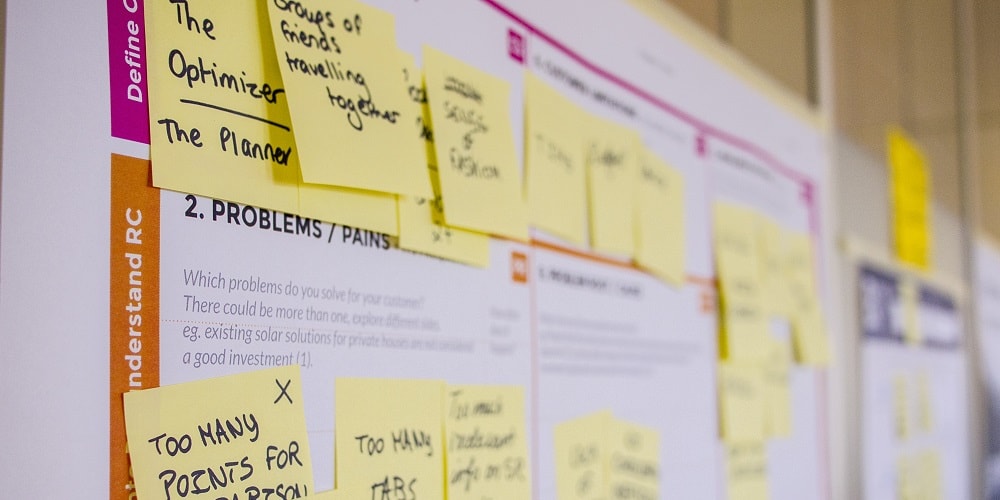Tag: testing

The Role of the Anderson-Darling Test in Assumption Testing
Published:Is your data normal? If not, will that be a problem? It might be, since data normality can be important when using certain statistical tools to make your business decisions.
Read more »
A Guide to Using the Wilcoxon Rank Sum Test: Testing for Non-Normality
Published:The Wilcoxon Rank Sum Test, sometimes called the Mann Whitney Wilcoxon Test or Mann Whitney U test, is used to test whether two independent samples come from the same population or two different populations.
Read more »
When to Use Kruskal-Wallis Instead of ANOVA in Statistical Analysis
Updated:There are times when you may encounter the need to analyze non-normal distribution. Having another option other than the ANOVA test in these types of situations is critical.
Read more »
Making Sense of the Two-Sample T-Test: Supercharge Your Hypotheses Tests
Updated:The two-sample t-test is one of the most commonly used hypothesis tests in Six Sigma work. It is applied to compare the average difference between two groups. You use it to determine if the difference is significant or if it is due instead to random chance. It helps to answer questions like whether the average […]
Read more »
Null Hypothesis vs. Hypothesis: What’s the Difference?
Updated:Null hypothesis vs. hypothesis, which is the right choice? When you get into the different methods of analyzing data, there is no shortage of tools at your disposal. Understanding the difference between a null hypothesis and a hypothesis can make or break your testing and analysis stages. Let’s dive into both of these tools and […]
Read more »
Repeatability vs. Reproducibility: What’s the Difference?
Updated:Repeatability vs. reproducibility, which should you use? Repeatability and reproducibility are two ways that scientists and engineers measure the precision of their experiments and measuring tools. They are heavily used in chemistry and engineering and are typically reported as standard deviations in scientific write-ups. While these two measurements are both used in many types of […]
Read more »
How to Poka-yoke CAD Drawings
Published:The following question has been posed on many Internet discussion forums: Has anyone poka-yoked a computer-aided design (CAD) system? The goal of poka-yoke, or mistake-proofing, is to design a process or mechanism that prevents an error from occurring. In the world of machine and industrial design, CAD systems are one of the best forms of […]
Read more »
Get the Bugs Out: VOC Analysis and Scenario Planning
Published:Through scenario planning, organizations can delight their customers by preparing for problems before they happen and testing solutions on employees first.
Read more »
Lean Six Sigma Reduces Case Backlog at Louisiana Crime Lab
Published:In just six months of applying Lean Six Sigma techniques, the State Police Crime Lab in Baton Rouge, La., USA, has dramatically reduced the turnaround time for the processing of evidence in criminal cases.
Read more »
Six Sigma for Software – More Than a New Tool
Published:We need to fundamentally change what’s going on in Software. FAST! Defects, long cycle times, poor estimation, missed targets and project cancellations are stripping away profits and our ability to satisfy and retain customers. It’s occurring in Software Development companies, Embedded Product Software (Firmware), and Business Application Software. And, it’s happening in all industry segments. […]
Read more »
The Five Essentials for Software Testing
Published:The following advice should help clarify your thinking about software testing and help you improve the effectiveness and efficiency of your testing. It is helpful to think about software testing in terms of five essential elements: A test strategy that tells you what types of testing and the amount of testing you think will work […]
Read more »
Usage-based Models Improve Odds in Software Testing
Published:While software testing is challenging because the properties to be tested can be hard to define and measure, one test approach – often called usage-based – has statistical roots and connections that Lean Six Sigma Black Belts could effectively support and perhaps evolve.
Read more »
Start Software Testing With All Five Essentials in Place
Published:Five essential elements are required for successful software testing. If any one of the five is missing or inadequate, the test effort will most likely fall far short of what could otherwise be achieved. Exploring these five essentials can help improve the effectiveness and efficiency of any software testing program. Here are the five essential […]
Read more »
Combining the Power of DMAIC with Testing Processes
Published:Companies today make great financial investments in testing their processes and systems to ensure that they will meet customer expectations. The companies go through all the right steps to test as thoroughly as possible; but – in many cases – the end results are less than desired for the effort, time and dollars expended. Customer experiences […]
Read more »